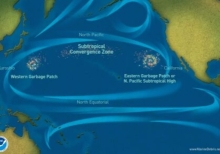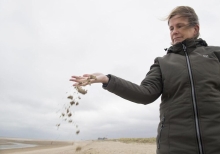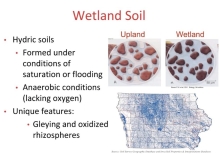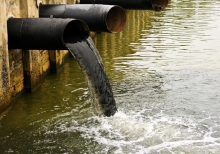What Can The Caernarvon Diversion And Bohemia Spillway Teach Us About Coastal Restoration
Natural land-building deltaic processes of the Mississippi River Delta have been severely limited by artificial river levees, which prevent water and sediment from flowing over the banks during spring floods. To counteract the effects of severing the connection between the river and the delta, focus has been placed on reconnecting the river to the surrounding wetlands by the creation of artificial outlets, also called diversions.







